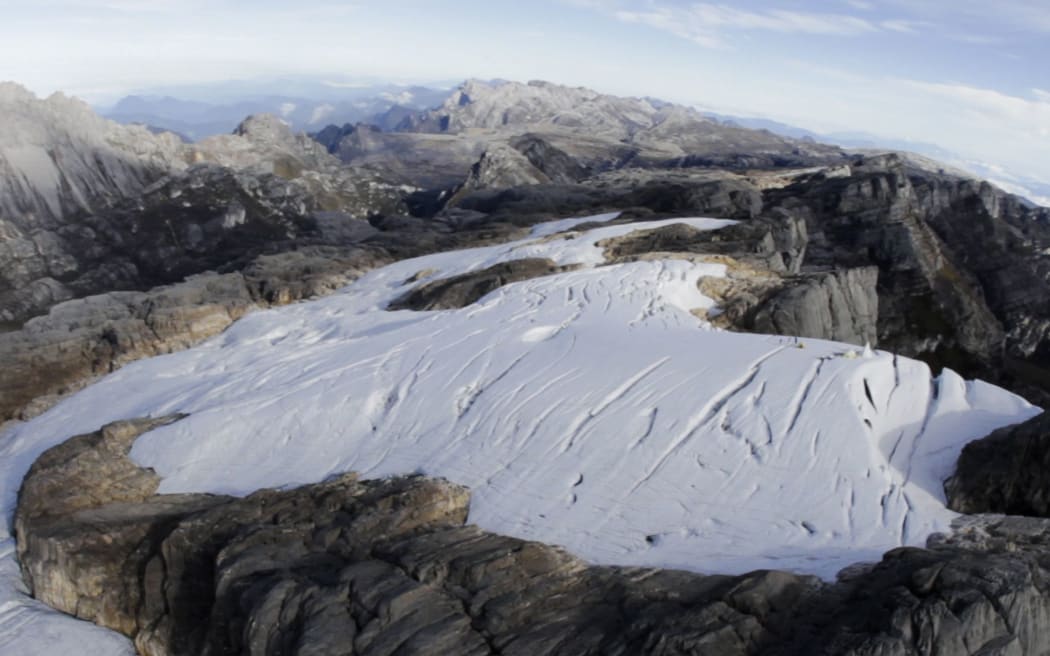Jayapura, Jubi – Tropical glaciers in Papua are predicted to vanish within the next three years. The melting of the glacier on Puncak Jaya, the highest peak in Indonesia at 4,884 meters, is being accelerated by this year’s El Niño phenomenon.
Indonesia’s National Meteorology, Climatology, and Geophysics Agency (BMKG) has issued a warning that this natural event could lead to the disappearance of one of the last remaining tropical glaciers in West Papua, potentially as early as 2026.
The glacier atop Puncak Jaya has been undergoing rapid melting due to the effects of global warming. The head of the agency mentioned that by December 2022, the glacier’s thickness had diminished to 6 meters from 8 meters the previous year and a substantial 22 meters in 2016.
“The loss of this ice sheet on Puncak Jaya is anticipated to have far-reaching consequences on the local ecosystem and the indigenous communities that rely on the region’s environmental balance and natural resources,” said Dwikorita Karnawati, Director of the BMKG.
Climate change, which is responsible for global warming, has accelerated the process of glacier ice loss. The cyclic El Niño phenomenon exacerbates this by bringing warmer and drier conditions, reducing rainfall and causing increased evaporation, which in turn leads to further shrinking of the ice sheet.
Climatologist Donaldi Sukma Permana warns that the glaciers might disappear even before 2026, potentially hastened by El Niño. The BMKG has indicated that the most powerful El Niño on record, occurring in 2015 and 2016, expedited glacier retreat by a staggering 5 million per year.
Puncak Jaya, also known as the Cartensz Pyramid, is the tallest mountain in Indonesia. Despite being situated in a tropical country, the glacier on Puncak Jaya has attracted scientists, researchers, and nature enthusiasts due to its remarkable existence.
Research conducted by a team from Ohio State University and Indonesian collaborators in 2010 revealed traces of pollutants like lead and sulfur within the glacier’s ice core, indicating human activity impact on the environment. The glacier’s proximity to a large copper and gold mine operated by mining giant PT Freeport Indonesia has raised concerns about environmental damage and human rights violations in the region.
“Another obvious impact of melting ice on the mountain is its contribution to global sea level rise,” said Donaldi Sukma Permana.
The contribution of melting ice to global sea-level rise poses a potential threat to millions of people living in low-lying coastal areas. Additionally, melting ice on Puncak Jaya will have cascading effects on various aspects of the mountain, including its flora and fauna.
Climate Risk Management Expert Rizaldy Boer predicted that certain species could face extinction due to the changes in their habitat caused by the ice melt.
“The latest one, since the ice melt has gotten worse in the last 10 years, is a type of frog that disappeared there,” he said. (*)














